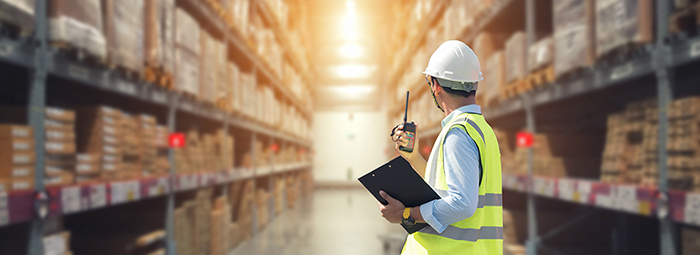Despite considerable measures to prevent road traffic accident deaths, India still has a huge road safety problem. According to the Times of India, 1.5 lakh people lose their life every single year on roads, despite the impact on road safety of radical legislation such as the Motor Vehicles Act. The cogs of bureaucracy turn slowly, and a lot of the country simply isn’t in a position to take advantage of public road safety measures. As a result, tech companies have stepped into the breach to push forward tech measures that will help to bridge the safety gap.
A data based approach
The safe approach to driving starts with data collection. By hooking up data points to the engine of the vehicle, sophisticated telemetric data can be collected and used to the benefit of the driver. As outlined by British insurance watchdog Confused, use of black boxes to collect driving telemetrics helps in two ways – one, by encouraging safe driving with the promise of better insurance premiums, and two, by providing absolute data for use in litigation. Spinal and limb injuries are common in road accidents, and proper data in the hands of a spinal cord injury attorney will undoubtedly provide better outcomes. The risk this creates encourages drivers to act properly.
Sharing data
That same data can be shared amongst vehicles and help to create safer roads. Car inter-communication is already being modelled on new vehicles by the likes of Tesla, and will comprise vehicles building active ‘smart maps’ that highlight dangers, traffic and other incidents – as they are driven. Furthermore, by communicating to other cars directly using 5G, vehicles can use smart sensors to detect crashes and other driver behaviour that is statistically associated with accident. This way, vehicles will create safe driving environments by preventing accident before it can even happen.
Out of the driver’s hands
Road traffic accidents are overwhelmingly a result of driver error. According to the WHO, the three primary causes of road traffic deaths are distracted driving, driver error and inebriated driving. By looking into full automation, the vast majority of road-borne risk is taken out of the hands of the driver. Automated vehicles have taken something of a back burner role in recent years, but the debut at last year’s Tesla show of the cyber-truck and semi indicates that production is taking on a new drive towards general sale. If automation can be brought to the roads of India, the millions of two-wheelers and pedestrians on those streets will be far safer; with some luck, this will be the reality in the near future rather than a far flung pipe dream.
Road safety is a big challenge for India, as well as many other countries. Where legislation can’t keep up, technology can. By creating a data and smart tech driven revolution, tech companies are providing a level of assurance for Indian drivers that they will be safe.













